Food Preservation and Irradiation
Microorganisms, parasites and insects are ambiquitos in nature. Some of them are pathogenic and the rest non-pathogenic. Even the very best food manufacturing processes, based on most careful attention to hygiene cannot completely rid the processed foods from microorganism. Food irradiation is a physical process for the treatment of foods akin to convential process like heating or freezing. It prevents food poisoning (salmonellosis), reduces wast-age to contamination and at the same time preserves quality. With the exception of irradiation of spices and dried vegetable substances, which is wide spread, other applications of food irradiation technology remain marginal. Misconceptions about whether irradiation food is safe to eat and how irradiation can complement or replace other methods of food preservation are largely responsible for the above situation. Besides the beneficial result of food irradiation are not generally available to individual consumers, families and societies. Today enormous food losses is one of the main problems confronting developing countries, tropical countries in particular, like India, where insect infestation and microbial ingress confront their post harvest agriculture and products. Through timely irradiation, these unwarranted losses can be greatly reduced. Also the shelf-life of food items can be extended leading to export of the food products on a more sustained basis. Lingering doubts about the safety of irradiation foods have been laid to rest by world renowned Indian scientists like Drs. R.A. Mashelkar and M.G.K. Menon, both FRS.
Get it now and save 10%
BECOME A MEMBER

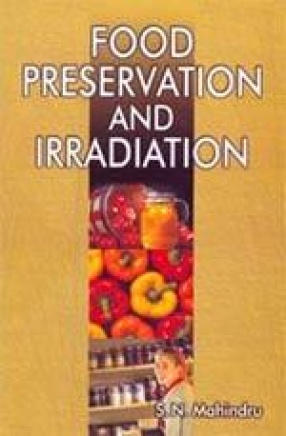

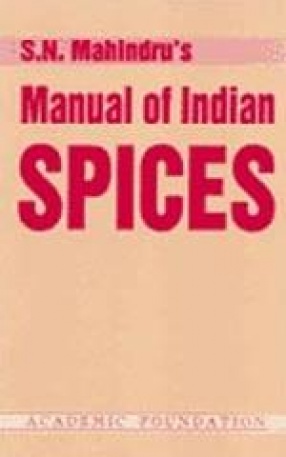
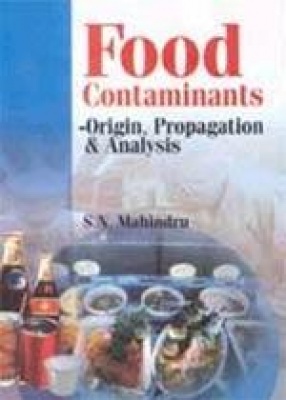
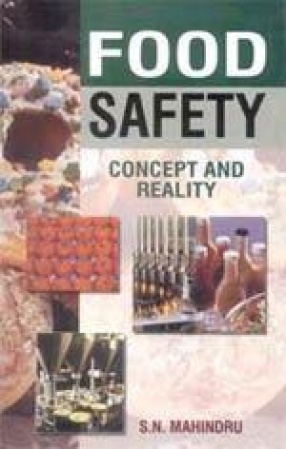



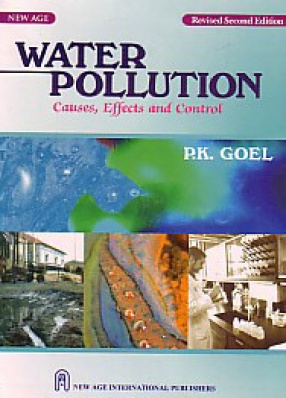

Bibliographic information